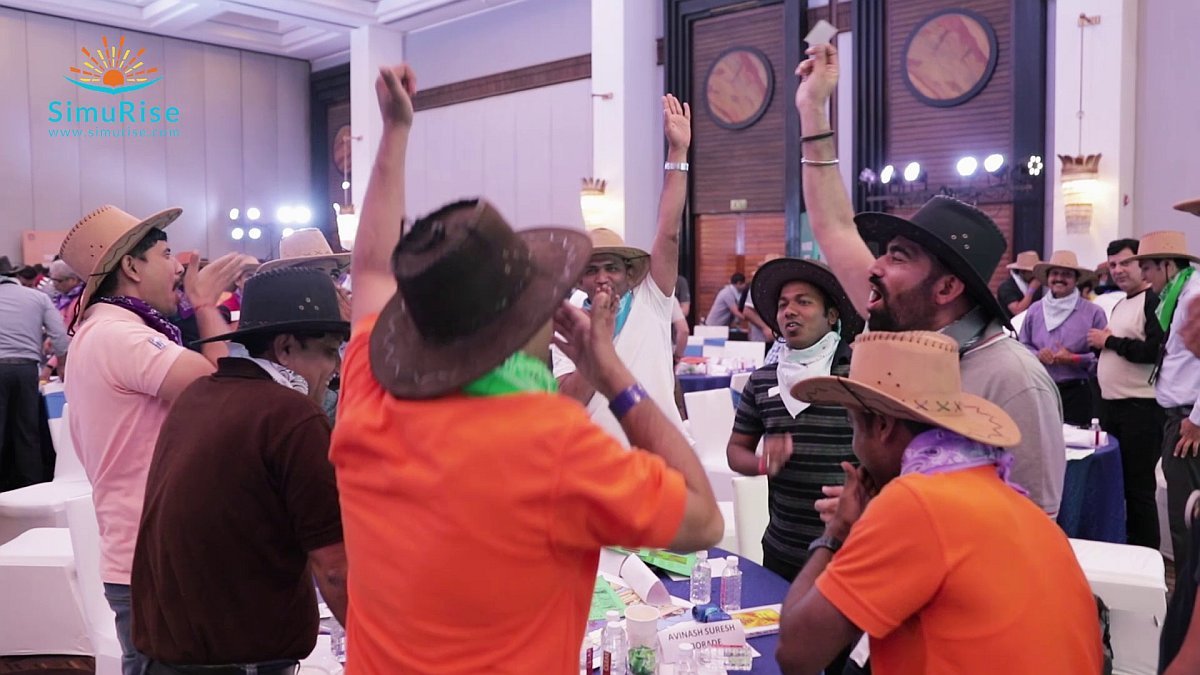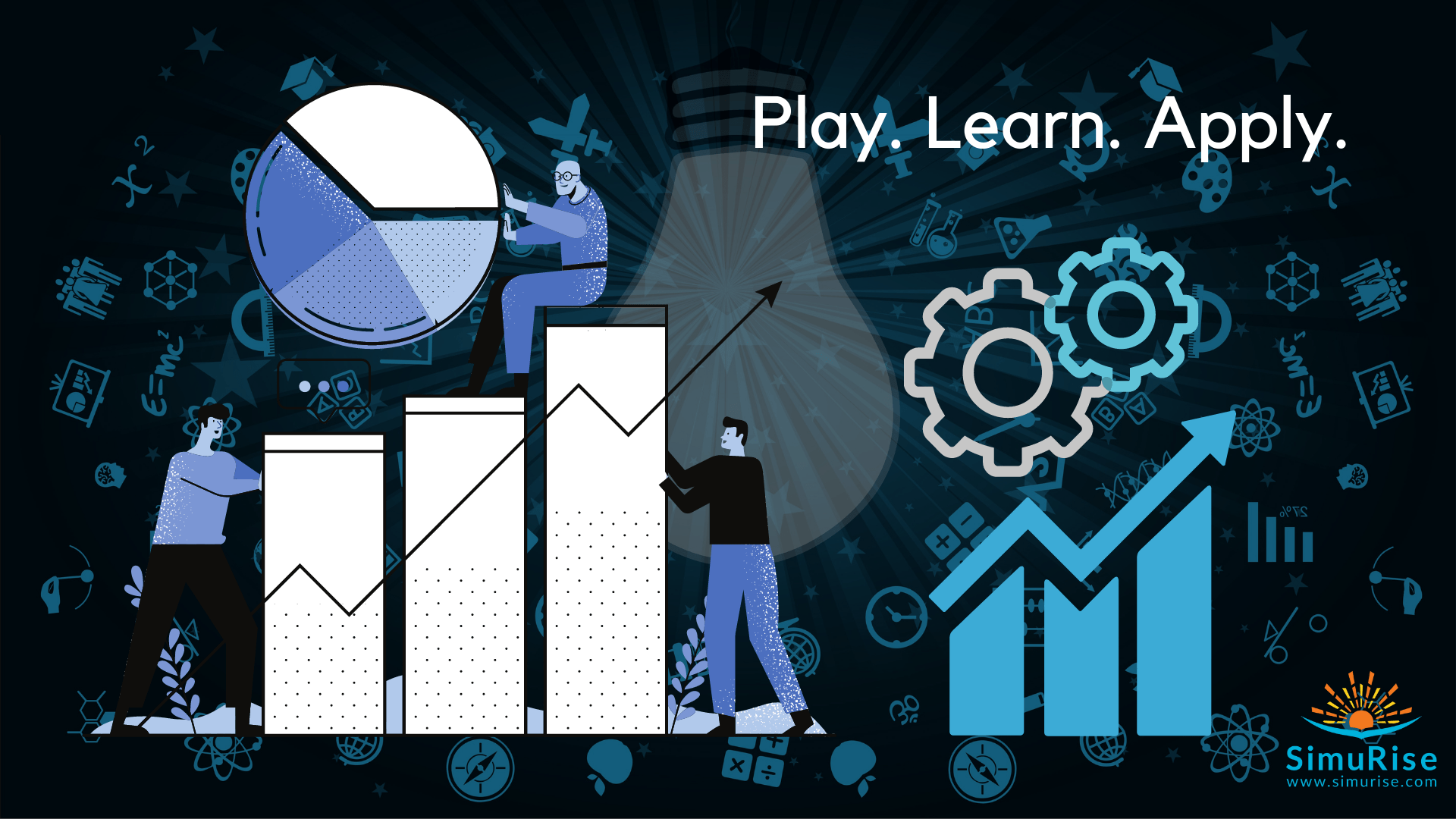[cherry_row]
[cherry_col size_md=”12″]
Be it the workplace, professional sports or the community, world-class teams like Rome are not built in a day. They need to be brought together, nurtured and built – and that requires a significant amount of time and effort, not to mention great leadership. And once strategies are implemented, we would also need to measure effectiveness of team building activities to evaluate if the efforts were balanced with results obtained.
TEAM – Together Everyone Achieves More
Team building is the developing of bonds between co-workers that allow them to work more efficiently together. Professional organizations invest time, effort and resources designed to strengthen the ability of your employees to work together and be more productive. Team building activities help employees and managers better understand one another’s strengths and weaknesses. Taking part in tasks together strengthens skills linked with great teamwork – from communication to trust and cooperation – helping them to work more cohesively when back in the office.
Measuring progress towards overhead objectives can be challenging if you don’t know where to look or what metrics to focus on.
Measure Effectiveness of Team Building Activities
It’s obvious every team building activity planned, needs to pack the intended punch and deliver a solid return on investment (ROI). However, measuring effectiveness of such initiatives are easier said than done. The impact of team building can be difficult to quantify, particularly when it isn’t be linked to financial performance or output.
Here are some ways to measure the impact of team building exercises:
- Compare Baseline Metrics:
It is handy to set up basic business baseline metrics that could give an indication of how successful the team building was. Things like absentee rates, productivity rates, daily/weekly/monthly profit and overtime can be monitored and evaluated. Measure these rates before and after for comparison to give you a good idea of how effective the event was.
- Measure Effectiveness of Team Building Activities in Stages:
Following stages can help sustain the effectiveness of the activities.
- Stage One: Positive energy on the first workday after a team building program is the first sign of effectiveness and could result in a dramatic boost in productivity. While you may notice a drastic difference between your baseline metrics and the numbers you are recording these numbers may not initially be sustainable. Still it is nice to see immediate returns on your investment.
- Stage Two: Employees go through the first week with the momentum created by the team building experience, but soon will settle into a groove by the beginning of the second week. As the dust settles, a better view can be formed about the actual improvement from baseline metrics. This may be a good time to run a refresher to give the slowing momentum a little push.
- Stage Three: A month after the team building exercise, record final readings to see how sustainable and productive the experience has been. This is where you can determine the next course of action to reach the goal set for the employees.
- Ask your Team
Asking is the quickest way to gain information from teams if they enjoyed the session and deemed it valuable. Well timed tests to keep your teams on their toes will give them a chance to reflect, consolidate and internalize their learning.
Ensure recording their feedback on the event. Find out:
– What they found most valuable?
– What would they change?
– Did the intervention have positive impact on their role? How?
Asking the right questions can help fine-tune team building in the future, thus securing a high ROI from your efforts.
Team Building is an Investment
Investment unlike buying outright is about accruing dividends over time. Every Investment needs metrics that can be tracked and mapped to goals. Measuring the effectiveness of team building allows you to put value on just how much of a return you are getting. It makes little sense to get involved in a team building program without a clear objective and key metrics in mind.
In the long run, we have observed that investing in regular team building exercises, see a rise in employee morale which is proportional to a decline in expensive employee turnover. Other results include increase in overall employee productivity, which directly relates to profitability. Surely it’s a good investment, if slowly yet surely team building achieves happy employees, delighted customers and more profit.
SimuRise Learning believes that the power of Business Simulations have a long lasting and positive impact on Team Building. With the Search for The Lost Dutchman’s Gold Mine Business Simulation core objectives to real results as participants are expected to mine gold in a simulated environment. Our Business Simulation, The Search for the Lost Dutchman’s Gold Mine helps teams realize how this key element can get things done faster, with less effort, and with better results, and is more agile and responsive to changing business conditions. Here is a video of the Dutchman that showcases its effectiveness in the areas of Strategy, Implementation, Risk taking, Decision making, Trust on leadership and Collaboration.
If you want to encourage better organizational alignment, employee engagement and motivate teams to deliver their best, connect with us at solomons@simurise.com.
[/cherry_col]
[/cherry_row]




